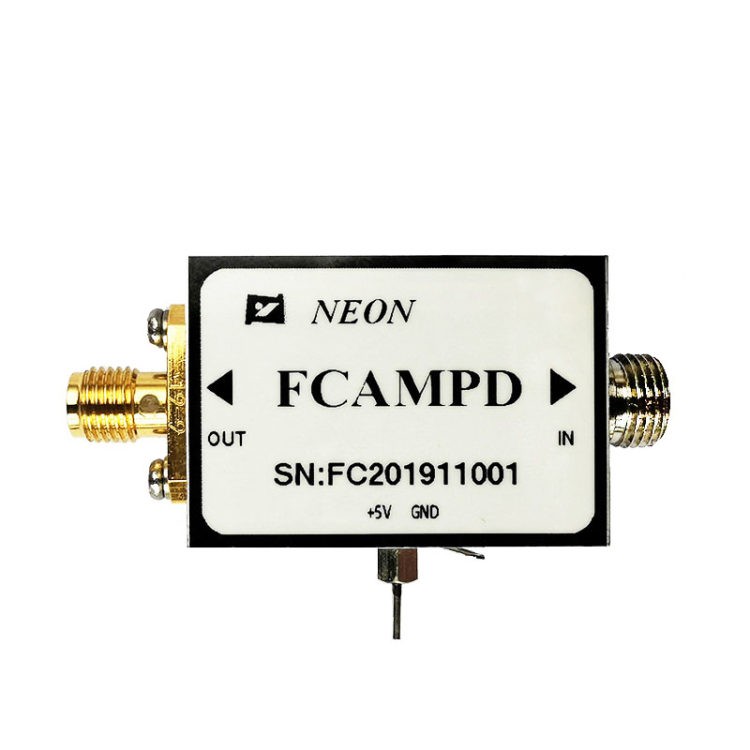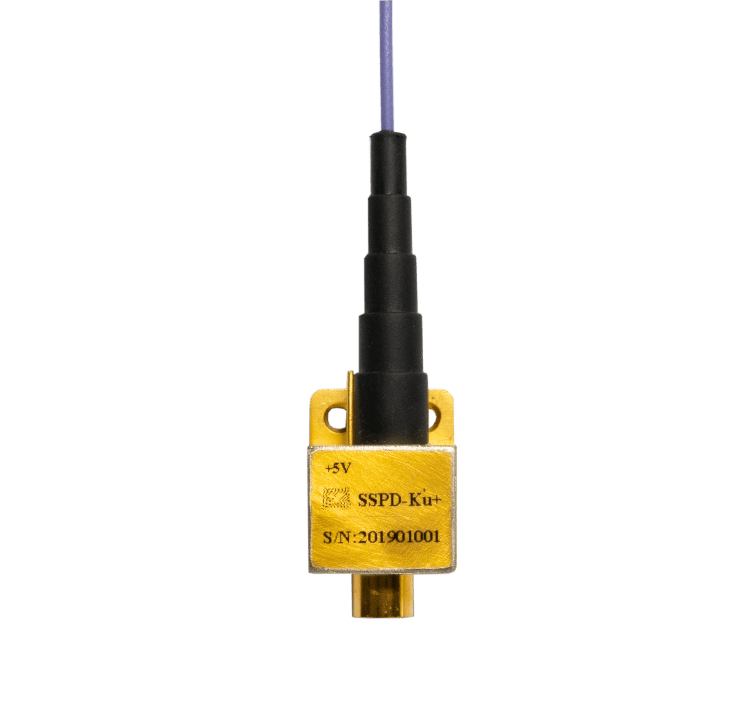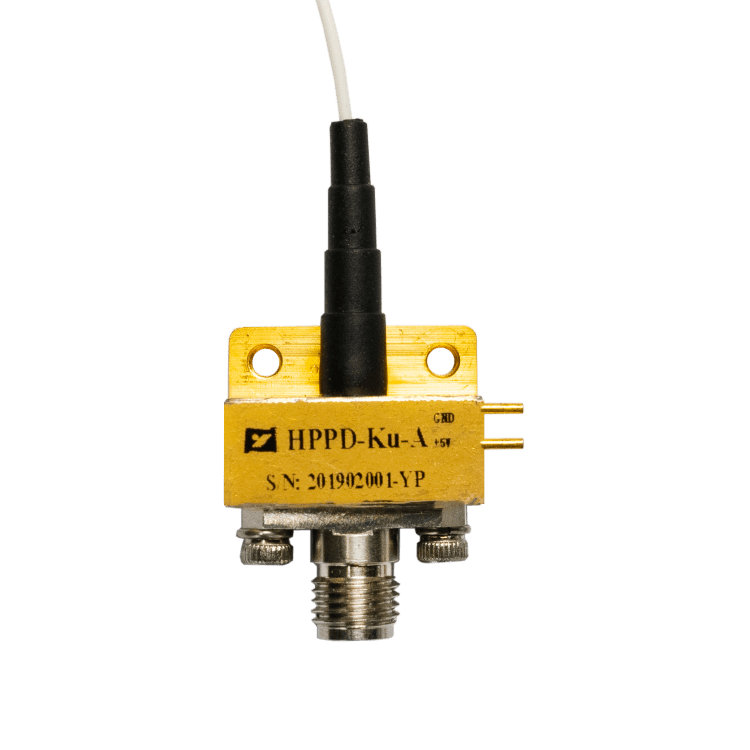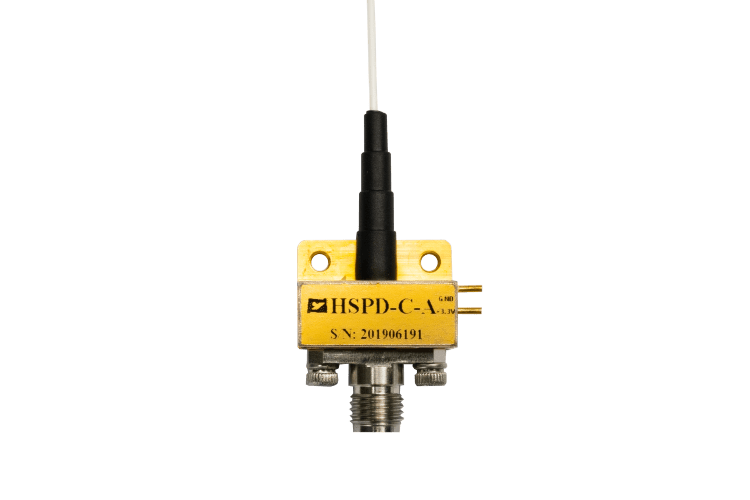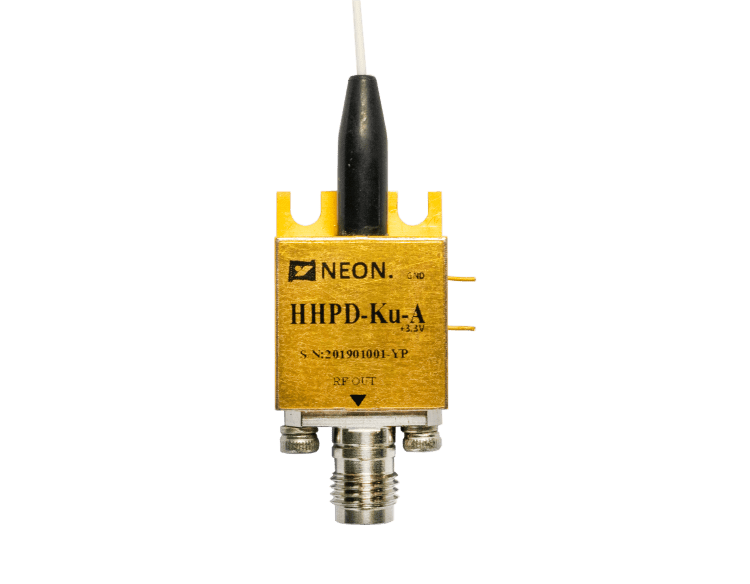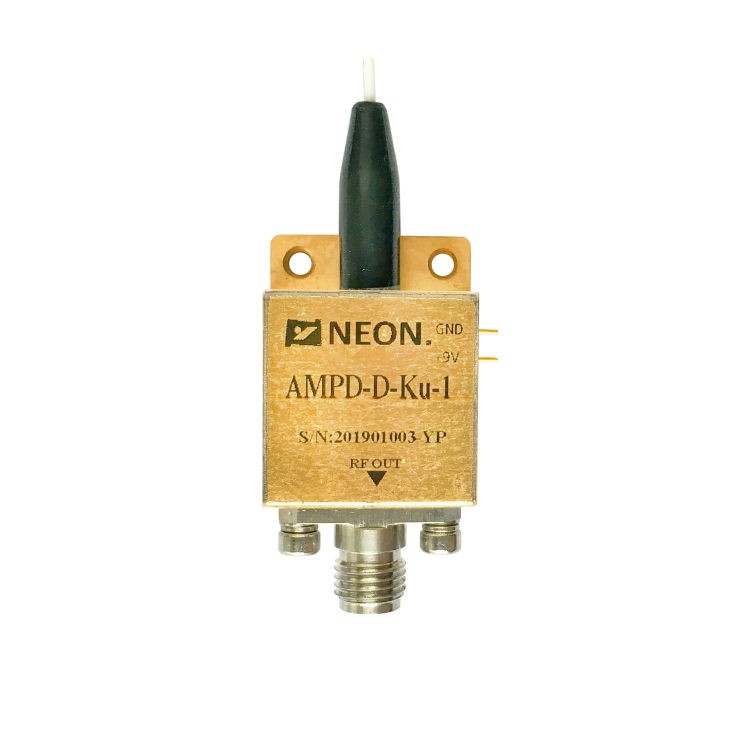In Your Life, Have You Used a Photodetector?
You may have never heard of the name “photodetector“, but this small electronic component often appears in our lives. The principle of the photodetector is that the conductivity of the irradiated material changes due to radiation. So, what is a photodetector? In what electrical appliances can we meet photodetectors? If you are interested in learning about photodetectors, please read this article.
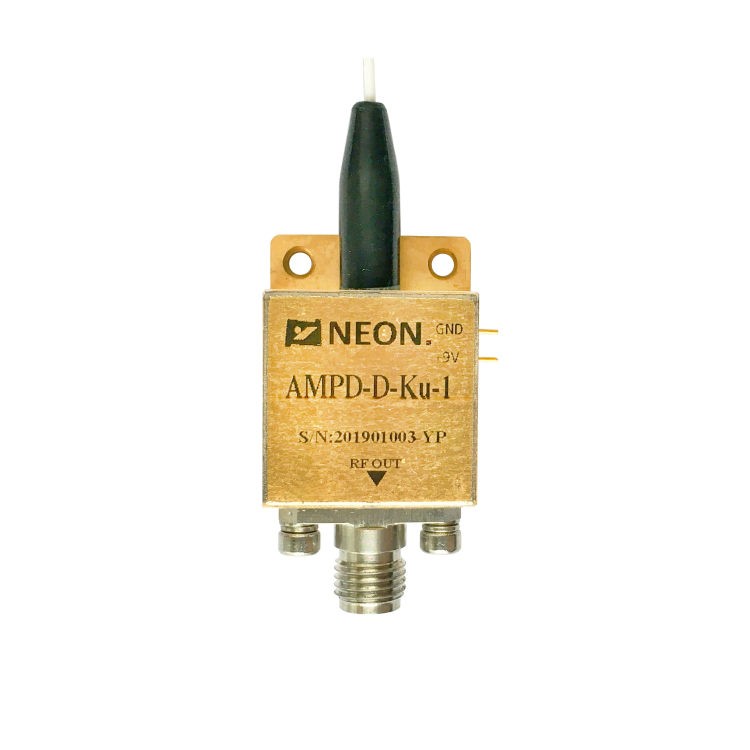
The Working Principle of the Photodetector
The photodetector can convert light signals into electrical signals. According to the device’s response to radiation or the different working mechanism of the device, photodetectors can be divided into two categories: photon detectors and thermal detectors. The working principle of the photodetector is based on the photoelectric effect. The working principle of the thermal detector is to absorb light radiation energy and temperature rise materials, thereby changing its electrical properties. The biggest feature that distinguishes it from photon detectors is the wavelength of light radiation. There is no choice.
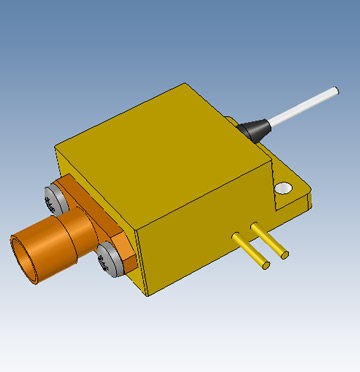
What Products do We need Photodetectors For?
The application selection of photodetector devices is some matter or point in the application. In many applications with less stringent requirements, any photodetector device can be used. However, in some cases, it is more appropriate to choose a certain device. For example, when a relatively large photosensitive area is required, vacuum phototubes can be used. Because of their wide spectral response range, vacuum phototubes are commonly used in spectrophotometers. When the measured radiation signal is weak and the response speed is high, the photomultiplier tube is most suitable, because its amplification factor can reach more than 10^4~10^8. Such a high gain can make the signal exceed the output and amplification circuit. The noise component of the detector is limited to the statistical change in the photocathode current. Therefore, photodetectors are widely used in astronomy, spectroscopy, laser ranging, and scintillation counting.
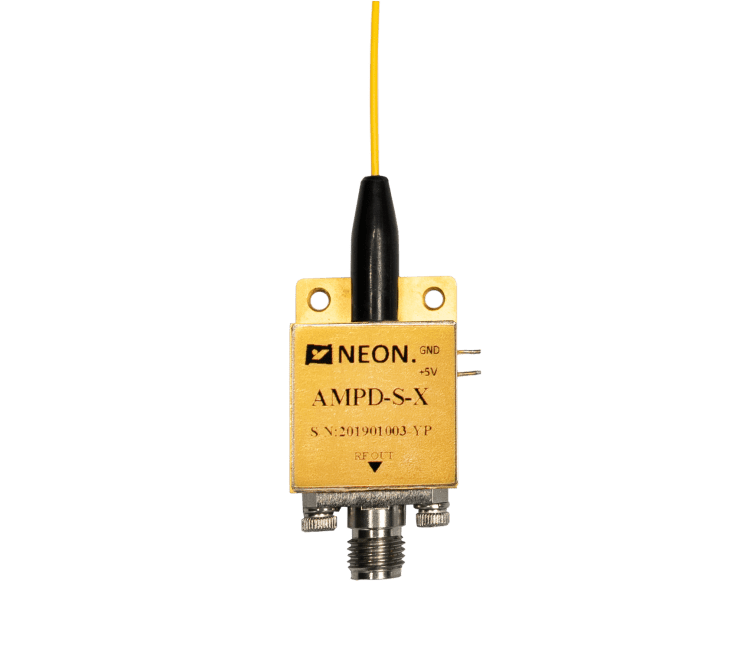
Solid-state photodetectors are very versatile. CdS photoresistors are used in brightness control (such as automatic photographic exposure) due to their low cost; photocells are the devices with the largest photosensitive area among solid optoelectronic devices. In addition to being used as detectors, they can also be used as solar converters; Silicon photodiodes are small in size, fast in response, high in reliability, and have high quantum efficiency in the visible and near-infrared bands, so they are used in various industrial controls. Silicon avalanche tubes are widely used in laser ranging and optical fiber communication due to their high gain, fast response, and low noise.
photoconductive detector A photoconductive detector is made of the photoconductive effect of semiconductor materials. The so-called photoconductive effect refers to a physical phenomenon in which the conductivity of the irradiated material changes due to radiation. Photoconductive detectors are widely used in various fields of the military and national economy. In the visible or near-infrared band, it is mainly used for ray measurement and detection, industrial automatic control, photometric measurement, etc.; in the infrared band, it is mainly used for missile guidance, infrared thermal imaging, and infrared remote sensing. Another application of the photoconductor is to use it as the target surface of the camera tube. To avoid image blurring caused by the diffusion of photo-generated carriers, the continuous film target surface is made of high-resistance polycrystalline materials, such as PBS-PbO, Sb2S3, etc. Other materials can be used to inlay the target surface, the entire target surface is composed of about 100,000 individual detectors.
The above is about the application of photodetectors. We often use photodetectors in our daily lives. With the renewal of technology, there is now a new photodetector—- a high-speed photodetector. The advantages of high-speed photodetectors are high speed, high sensitivity, high precision, low noise, miniature, optical pulse, high bandwidth, high dynamic range, optical pulse measurement, high saturated optical power, large optical power input, good linearity, and linearity high. Among them, the performance of NEON’s pin photodiode detector is particularly prominent among similar products on the market. It has a faster response speed, smaller size, and low noise. If you are interested in learning about high-speed photodetectors, please visit our News.


